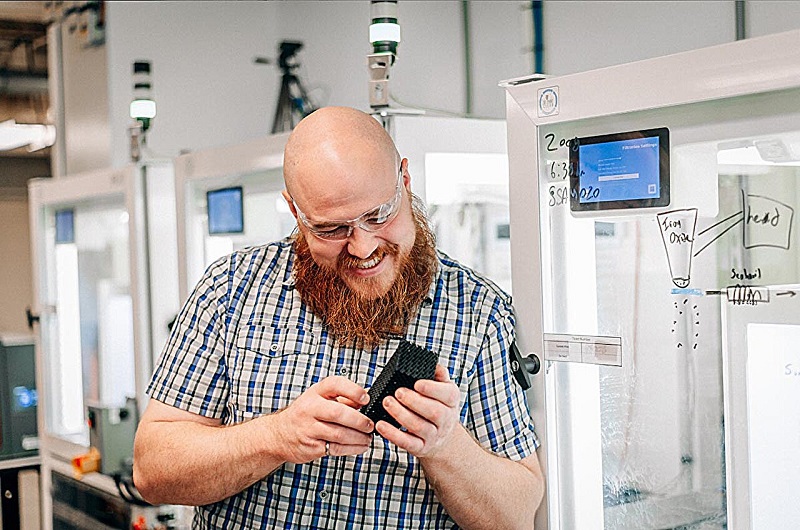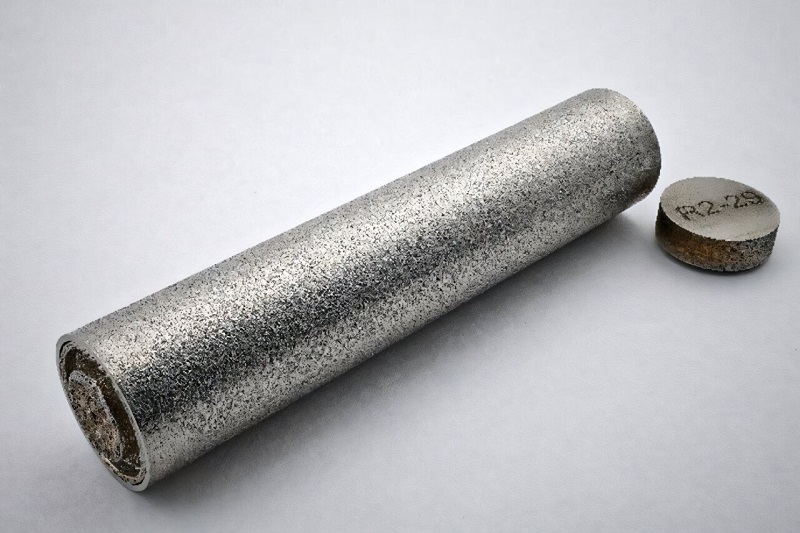Engineers at the University of Maine have discovered a new way to make 3D-printed parts both stronger and lighter—an important step forward for...
Vous n'êtes pas connecté
 - KNOWRIDGE.COM - A La Une - 02/Aug 14:35
- KNOWRIDGE.COM - A La Une - 02/Aug 14:35
Engineers crack the code for super-strong 3D-printed parts
Engineers at the University of Maine have discovered a new way to make 3D-printed parts both stronger and lighter—an important step forward for industries like aerospace, automotive, and medical devices. The team, working at the university’s Advanced Structures and Composites Center (ASCC), has developed a method that helps designers better predict how well lightweight plastic […] The post Engineers crack the code for super-strong 3D-printed parts appeared first on Knowridge Science Report.
Articles similaires
Engineers find new method for developing stronger, lighter 3D-printed parts
Engineers at the University of Maine are developing a new method to more accurately predict the strength of lightweight 3D-printed objects. This...
Engineers find new method for developing stronger, lighter 3D-printed parts
Engineers at the University of Maine are developing a new method to more accurately predict the strength of lightweight 3D-printed objects. This...
Engineers find new method for developing stronger, lighter 3D-printed parts
Credit: University of Maine Engineers at the University of Maine are developing a new method to more accurately predict the strength of lightweight...
RMIT engineers develop stronger, cheaper 3D-printed titanium
RMIT University engineers have created a new 3D-printed titanium alloy that is 29 per cent cheaper to produce than standard titanium whilst delivering...
This 3D-printed home is built from dirt
3D-printing has come a long way from dinky plastic models. In recent years, engineers have started experimenting with applying the technology to...
This 3D-printed home is built from dirt
3D-printing has come a long way from dinky plastic models. In recent years, engineers have started experimenting with applying the technology to...
3D-printed steel parts pass nuclear reactor test at Oak Ridge Lab
Scientists at Oak Ridge National Laboratory (ORNL) have achieved a major breakthrough by successfully testing two 3D-printed stainless steel capsules...
3D-printed steel parts pass nuclear reactor test at Oak Ridge Lab
Scientists at Oak Ridge National Laboratory (ORNL) have achieved a major breakthrough by successfully testing two 3D-printed stainless steel capsules...
‘Cosmic veil’ coating shields next-generation solar cells from space radiation
Credit: Joule (2025). DOI: 10.1016/j.joule.2025.102043 A new “cosmic veil” developed by engineers at the University of Surrey could help...
Les derniers communiqués
-
Evergreen Elevate Heads to Australia to Empower MSPs with Valuable Strategies and Insights on Better M&A Practices
Evergreen Elevate - 29/07/2025




